Mercedes-Benz Cars plants in Germany to be supplied with CO2-neutral energy from 2022
Green Car Congress
MAY 16, 2018
Today, new plants in Europe are already planned with a CO2-neutral energy supply from the start. With a CO2-neutral energy supply of the plants, we are consistently pursuing this approach and are actively driving sustainability in production. The decision also fits with our overall strategy.


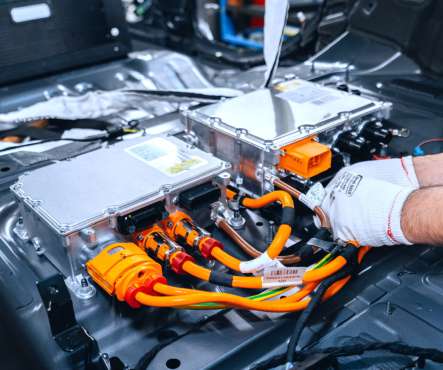
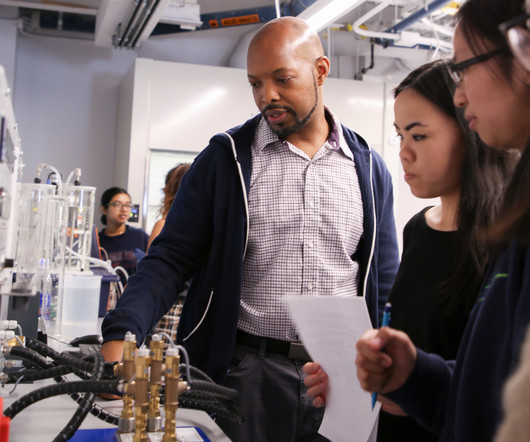

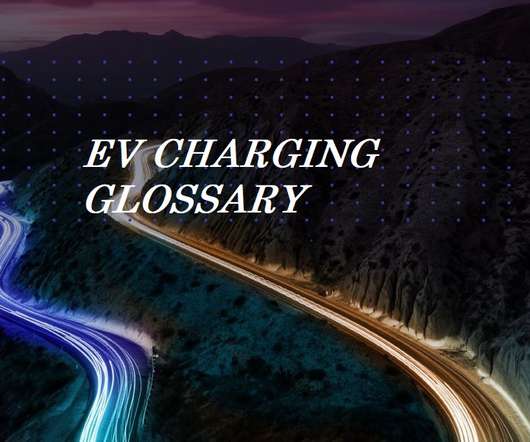
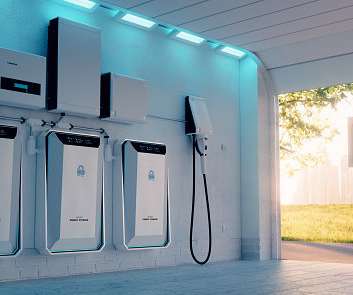








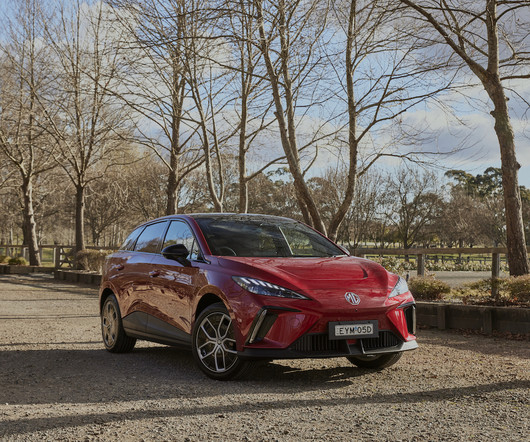










Let's personalize your content